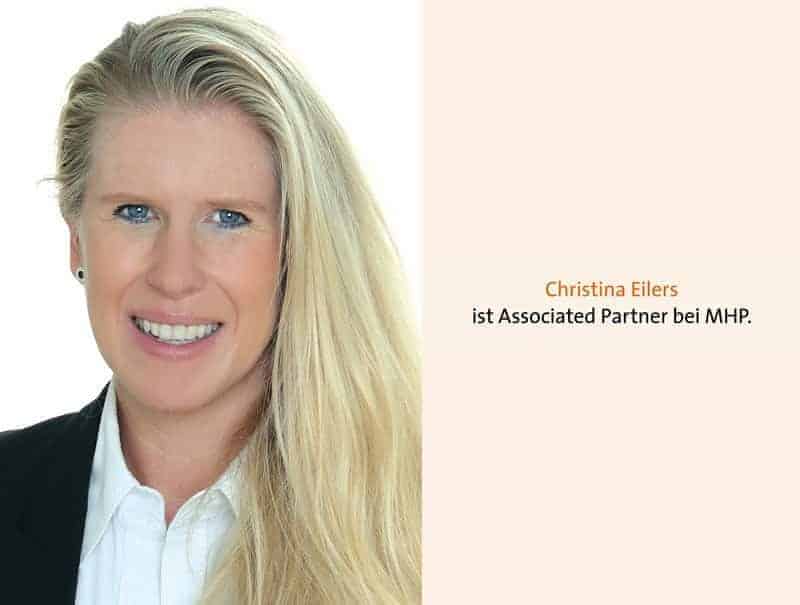A plea for the greenfield approach


In spring 2015, SAP launched the real-time ERP suite S/4 Hana, which is available to users as an on-premise and cloud version. For the software provider, this was far more than a simple update of SAP ECC 6.0. With S/4 Hana - this is how SAP's communication can be understood - Enterprise Resource Planning is virtually reinvented.
And indeed, the introduction of ERP functionalities with the in-memory computing platform Hana offers many interesting possibilities. At least in theory. But it remains to be seen whether users will be able to translate all these possibilities into operationally useful processes.
However, it is already clear that users have no choice but to switch from SAP ERP to S/4 Hana - whether they see a benefit for themselves or not. As with the changes in the past, the old system, in this case SAP ERP, will sooner or later no longer be supported.
Those who then want to continue to manage their business processes via SAP software will inevitably have to do so with the real-time suite. In this respect, those responsible in the companies hardly discuss the "if", but only the "when" and the "how".
Greenfield approach is often the better way
From our point of view, the answer to the "when" question is pretty simple: as quickly as possible. After all, the conversion to S/4 Hana is an enormously extensive project that will take a few years to complete - especially if rollouts are also on the agenda.
What's more, this is not just a technological transformation. The introduction also has a significant impact on the organization of the companies. Long-term change management is therefore absolutely essential. And our answer to the "how" is also clear: a greenfield approach is best.
To do this, take another step back: Companies that already use SAP ERP have two options in principle. They can convert the current system in a brownfield approach - that is, overwrite the currently installed software.
The question is which applications will then continue to run. Or the companies can implement SAP S/4 Hana from scratch in a greenfield approach. In the vast majority of cases, this is the better approach. There are several good reasons for this.
Reason 1: One ERP strategy
Many companies have opted for a one-ERP strategy in recent years. In other words, they are consistently harmonizing their ERP infrastructure. This is primarily to drive vertical integration and horizontal integration - worldwide and along the entire value chain.
Other effects of harmonization: The system is more performant and can be easily scaled, processes are more standardized, the number of servers and interfaces is reduced, and costs decrease.
If one of the existing SAP ERP systems is used as a blueprint for all other systems during this harmonization, this is efficient. In most cases, however, all the specific settings and enhancements that have evolved over the years are also adopted in the process, regardless of whether they are still in use or not.
This means that a single ERP system has been established. However, its structure is extremely complex and usually also outdated. When migrating from SAP ECC 6.0 to S/4 Hana, the complexity is reproduced and in most cases even increased.
The introduction of S/4 Hana in a greenfield approach therefore represents an opportunity for companies to set up a uniform ERP system that really only provides the functions that are actually needed.
This is also an opportunity to clean up the master data and establish systematic master data management. This is particularly relevant because S/4 Hana brings with it a number of innovations in the handling of master data: For example, the customer and vendor objects are merged into the business partner object. In addition, the chart of accounts must be adapted to the new requirements of the Universal Journal.
Reason 2: Standardization
In addition to a one-ERP strategy, many companies are also striving for the most comprehensive standardization possible. A decisive motivation for this is that, in contrast to the customization and solutions common in the past, a highly standardized ERP system is easier to maintain and can therefore be operated more cost-effectively.
A perspective switch to the cloud - very few adjustments are possible with this variant - is another reason. A return to the standard is much easier to implement when starting out on a greenfield site, both technically and organizationally.
Old and mostly undocumented programs do not have to be laboriously checked for their Hana capability and converted. Instead, all customer-specific developments are put to the test:
Do I still need this function? And if yes, is it perhaps even part of the SAP standard in the meantime? If not, it may also make sense to redevelop this function on the SAP Cloud Platform (SCP) so that the S/4 Hana system remains largely untouched.
Even more good reasons
In addition to these two key arguments, there are numerous other points in favor of implementing S/4 Hana in a greenfield approach:
The risk is significantly reduced because the new system is set up in parallel - for a transitional period, both systems can be operated in parallel.
When modeling the business processes in the new system, optimization potential is usually identified. The introduction of S/4 Hana in a greenfield approach can even be less expensive than migration - because there are no expenses for adjustments.
For the introduction of S/4 Hana to be a success, close collaboration between the IT department and the business units is absolutely essential. The focus should be on an agile approach in which the business requirements are jointly defined as manageable packages in workshops and then implemented immediately.
This approach also ensures that the departments are involved throughout the implementation. As a result, they are always informed about changes, can continuously make their points of view clear, and can influence the development. All of this increases acceptance of the new system - and that is elementary for overall success.






